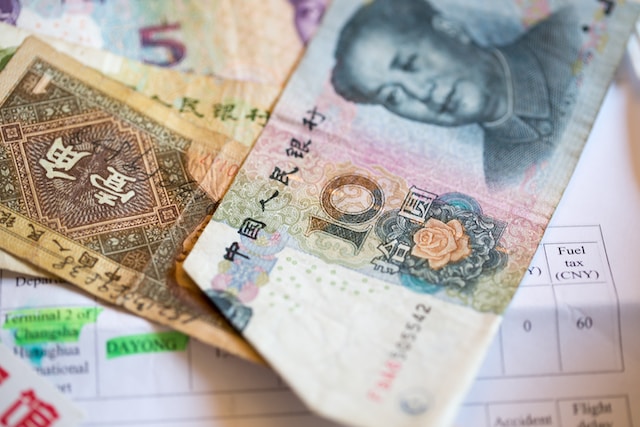China’s economy, as one of the world’s largest, plays a crucial role in the global financial landscape. In an effort to bolster its economic recovery, China has strategically decided to cut short-term borrowing costs. By reducing these costs, the government hopes to provide much-needed support to various sectors and stimulate economic activity. This article delves into the significance of China’s recent decision and examines its potential implications for the country’s ongoing recovery.
Understanding Short-Term Borrowing Costs:
Before we delve into the details of China’s recent move, let’s first understand what short-term borrowing costs entail. Short-term borrowing costs refer to the interest rates that financial institutions charge on loans with a shorter duration. These loans typically include commercial papers, interbank lending rates, and other forms of short-term borrowing. By adjusting these rates, central banks can influence the cost of borrowing, thereby affecting economic activity.
China’s Economic Recovery Journey:
Like many countries worldwide, China faced significant economic challenges due to the COVID-19 pandemic. However, the Chinese government took swift and decisive actions to control the spread of the virus and support its economy. Their efforts have led to a gradual recovery, but sustaining this momentum requires further interventions. As part of their recovery strategy, China has now chosen to lower short-term borrowing costs.
The Rationale behind China’s Decision:
China’s decision to cut short-term borrowing costs stems from several strategic considerations. Firstly, it aims to encourage borrowing and investment. By reducing the cost of borrowing, businesses and individuals are more likely to take advantage of available credit, leading to increased investment and economic activity.
Secondly, lowering short-term borrowing costs can help alleviate financial burdens on businesses. With reduced interest rates, companies can better manage their cash flow, invest in expansion projects, and create job opportunities. This step is particularly significant for small and medium-sized enterprises (SMEs), which are essential contributors to China’s economy.
Moreover, China’s move to reduce short-term borrowing costs supports the government’s efforts to stabilize the financial sector. By ensuring a favorable borrowing environment, banks and financial institutions can provide necessary liquidity to businesses, preventing potential liquidity crunches and facilitating economic growth.
Potential Impacts of China’s Decision:
China’s decision to cut short-term borrowing costs is expected to have several positive impacts on its economy. Firstly, it can spur domestic consumption, driving demand for goods and services. Increased spending by businesses and consumers will subsequently boost production, leading to improved economic performance.
Furthermore, lower borrowing costs can promote investment in infrastructure projects. China has consistently invested in infrastructure development, and with reduced financing expenses, the government can continue to fund key projects effectively. This will not only create employment opportunities but also enhance the country’s overall productivity and competitiveness.
China’s decision also has implications for the global economy. As a major player in international trade, China’s economic recovery will positively impact its trading partners. Increased demand from China can stimulate export-oriented economies and contribute to a more robust global recovery.
Conclusion:
China’s move to cut short-term borrowing costs is a strategic step towards supporting its ongoing economic recovery. By reducing the cost of borrowing, China aims to encourage investment, stabilize the financial sector, and promote domestic consumption. This decision is expected to have far-reaching effects, both domestically and globally. As China continues its recovery journey, the world will closely observe its progress and the impact it has on the broader economic landscape.












